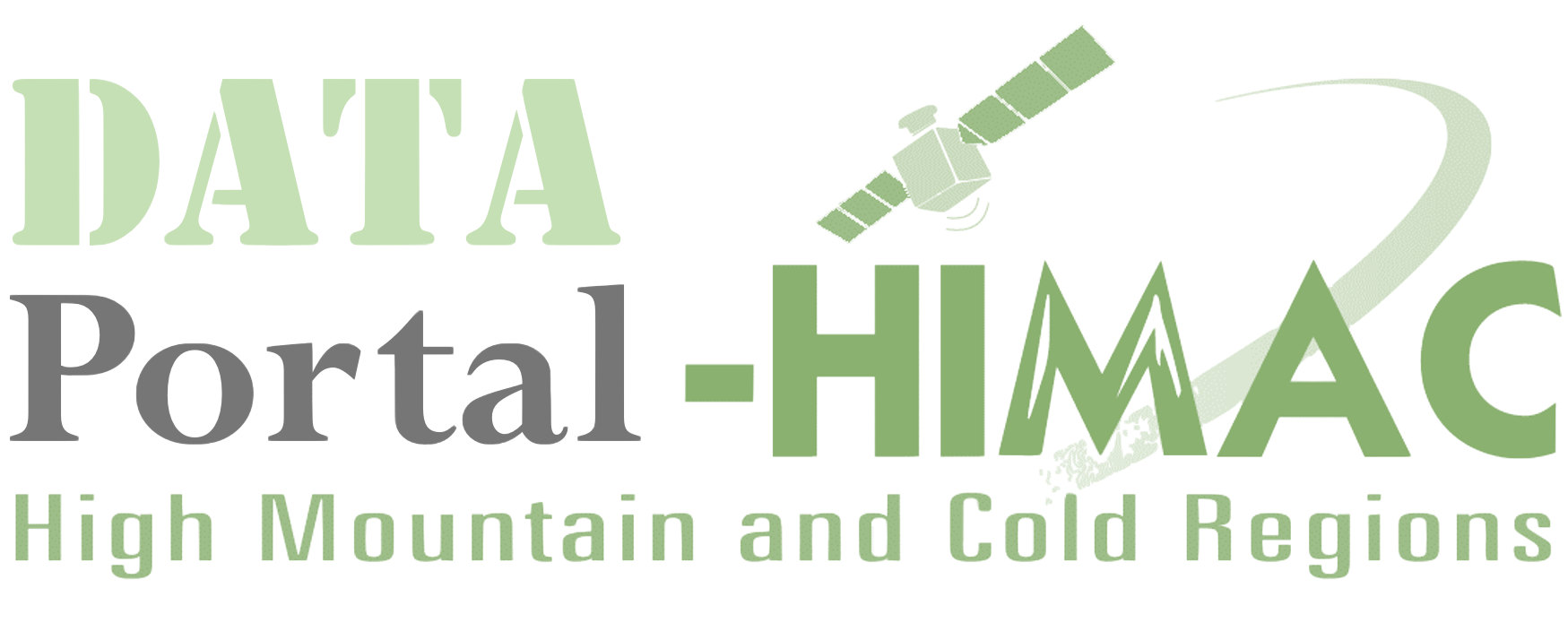AOOS Ocean Data Explorer
Data and Resources
Additional Info
| Field | Value |
|---|---|
| Source | https://portal.aoos.org/# |
| Last Updated | May 26, 2021, 02:34 (UTC) |
| Created | December 18, 2020, 03:10 (UTC) |
| Country | USA |
| Data Management | The mission of the AOOS Data Management Subsystem (AOOS Data System) is to acquire, archive and share marine data and information products to meet the needs of Alaska stakeholders and the national IOOS program. AOOS uses a data management system that allows a complex array of oceanographic and environmental data types to be well organized, accessible, and understandable. The AOOS Data System uses a distributed data management approach, which allows data to seamlessly interchange between participating data providers, which are primarily government agencies and research entities. The system is composed of an internal master node coupled with external data provider nodes existing within the agencies producing and managing source data. This distributed configuration increases capacity and technical knowledge within agencies, allowing them to better meet their own internal data management goals. The distributed architecture leverages hardware, bandwidth and staff resources across multiple systems and groups. Utilization of currently available external data feeds for sensor, remote sensing and other data sources improves access to data for AOOS users with minimal effort. Integrating available sources of interoperable data feeds into data access applications and data management systems adds a variety of data resources at a low cost. Large quantities of real-‐time and historical sensor information, remote sensing satellite information and marine habitat and biological data for the Alaska region are openly available on the AOOS Data System for use through interoperability protocols. For example, NASA Earth Observations (NEO) provides an expansive array of long term oceanographic, climate and atmospheric remote sensing datasets. Real-‐time and historical sensor data feeds for the Alaska region are available for hundreds of sensors via SNOTEL, the National Data Buoy Center (NDBC), the Center for Operational Oceanographic Products and Services (CO-‐OPS) and other NOAA programs. Additional sources of interoperable data include those hosted at NASA’s Jet Propulsion Laboratory (JPL), U.S. Geological Survey (USGS) TerraServer and other research organizations. As referred to in the AOOS Strategic Operations Plan, the purpose of the AOOS Data Management Plan is to document the following: The overall management objectives and protocols for the data served on the AOOS website; The individuals responsible for coordination and management of observational data across the region and the procedures for soliciting and evaluating the data management team’s capability; The data resources including descriptions of data categories and types served by the AOOS Data System; and Regional Data Stream (Management) Plans, which are data management implementation protocols for aggregate sets of non-‐federal data, either by source or platform, that AOOS provides access to on its data system. |
| Data Policy | Data processed through the AOOS data portals have been transformed to adhere to the following CF(Climate and Forecast) conventions. These conventions are designed to promote the processing and sharing of files created with the NetCDF APl. The CF conventions are increasingly gaining acceptance and have been adopted by a number of projects and groups as a primary standard. The conventions define metadata that provide a definitive description bf what the data in each variable represent, and the spatial and temporal properties of the data. |
| Data Sharing Principle | The AOOS Data System provides a variety of environmental and socioeconomic data resources in a one stop data portal, free to the public, with data originating from federal and state agencies, local municipalities, academic institutions, research organizations, private companies, non-‐profit organizations, and community observers. Any data served by the AOOS portal carries with it the permission to view and access, and carries no privacy or ethical restrictions. Data access is defined here as being permitted to download data through an AOOS data portal. Occasionally, a data sharing agreement between AOOS and a data provider will identify the existence of intellectual property rights (IPR) to the data and this is noted in the applicable Regional Data Stream Plans. However, IPRs do not restrict access to any of the data that is freely served through AOOS data portals. IPR information is merely provided out of courtesy for the data provider, and it is an unwritten expectation as well as a best practice, that as with all data used by someone other than the originator, clear credit is given to the data source (the originator) and data provider (in this case AOOS) in any work or publications that emanate from using data accessed via the AOOS portals. New datasets received by AOOS are immediately available to the public after data ingestion and documentation is complete; however, they are added to the searchable, public catalog only after the data provider is contacted and any feedback (if given) is taken into account. Once published in the catalog, datasets are promoted via the AOOS website, social media accounts, and email newsletter. |
